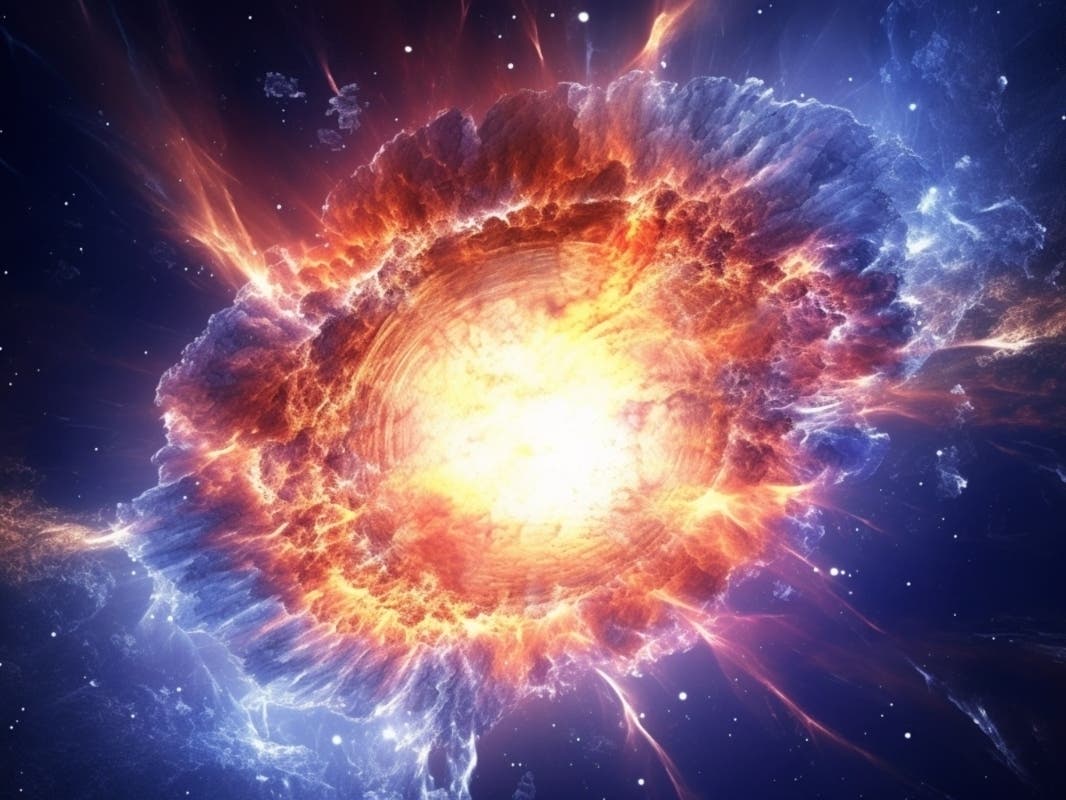Seasonal & Holidays
Rare Nova Outburst, Meteors, Blue Supermoon Star In The Summer Sky
Meteor showers and supermoons are more predictable than summer skywatching events such as a nova explosion and northern lights displays.

ACROSS AMERICA — Not only do meteor showers return for the summer, skywatchers may also be able to see the birth of a “new” star in a rare nova explosion 3,000 light years away.
T Coronae Borealis, or T CrB as the star system is known, will explode in what’s called a nova outburst sometime between now and September, according to NASA. That last happened in 1946 and it will be another 80 years in the future before it happens again.
A couple of minor meteor showers precede the summertime favorite, the long-running Perseids, which start July 14 and continue until close to Labor Day. Also, a seasonal blue moon in August sets off a string of four supermoons, full moons that appear bigger and larger as they brush closer to Earth in their elliptical orbit.
Find out what's happening in Across Americawith free, real-time updates from Patch.
Here’s a deeper look at what’s ahead:
A ‘New’ Star
NASA says it’s impossible to predict exactly when the nova outburst will occur, but that it should be visible without binoculars or telescopes.
Find out what's happening in Across Americawith free, real-time updates from Patch.
The recurring nova, one of just five in our galaxy, occurs because T CrB is a binary system with two stars, a white dwarf, an ancient dead star, that is orbited closely by a red giant, an aging star that has exhausted the hydrogen fuel in its core.
As the core contracts and heats up, its outer layers expand and cool, causing it to swell up in size As the outer layers of the bloated star cool, they take on a reddish appearance.
The white dwarf, a remnant of a star that has exhausted its nuclear fuel and undergone gravitational collapse, cannibalizes the red giant. It slowly “eats” the larger star’s hydrogen, heating up to the point that it ignites in a brief flash of nuclear fusion on its surface, triggering the nova outburst or the appearance of a “new” star.
In normal circumstances, the star system has a magnitude of +10, which NASA says is “far too dim to see with the unaided eye.” But when it jumps to a +2 during the nova outburst, it will jump to a magnitude of +2, which is similar to the brightness of the North Star, Polaris.
Once the star system’s brightness peaks, it should be visible to the naked eye for a few days and with binoculars or a telescope for about a week.
When To See Fireballs
Southern Delta Aquariids, July 30-31: This shower runs from July 18-Aug. 21 and produces about 20 meteors an hour at the peak. The moon will be about 30 percent full for this shower, which is produced by debris left behind by the comets Marsden and Kracht.
Alpha Capricornids, July 30-31: This shower is active from July 7-Aug. 13, with a “plateau-like” maximum at the peak. It isn’t a particularly strong shower and rarely produces more than five shooting stars an hour, but what is notable is the number of bright fireballs produced during the peak. The moon will be about 20 percent full at the peak.
Perseids, Aug. 12-13: Famous for producing a large number of fireballs, the Perseids meteor shower is regarded as one of the best of the year. The shower runs July 14-Sept. 1 and produces up to 100 shooting stars an hour at the peak. The shower, discovered in 1862, is produced by the comet 109/P Swift-Tuttle. The moon will be about 44 percent full, but will set at midnight, providing dark skies through dawn.
A True Blue Moon
A seasonal blue moon will occur Aug. 19. A seasonal blue moon is the true definition of a blue moon, and refers to the third full moon in a season that has four full moons. A more common understanding of a blue moon, the second full moon in a calendar month, is borne out of misunderstanding of the original definition.
The August blue moon is also a supermoon, the first of four consecutive. The moon will also look especially big and bright with the full moons of Sept. 18, Oct. 17 and Nov. 15.
Regular full moons are fun, too. The July full buck moon is on July 21.
A Chance To See Northern Lights?
An extremely large and powerful geomagnetic storm that sent Americans on slow country drives looking for northern lights displays could become more frequent this year as our 4.5 billion-year-old yellow dwarf star reaches “solar maximum,” the mid-point in its roughly 11-year cycle.
Under usual conditions, the curtains of pink, green, red, purple and yellow lights aren’t seen outside of Earth’s polar regions. But last weekend, the aurora borealis was nothing short of epic, with the dazzling displays widely seen across the Northern Hemisphere and plunging as far south as Puerto Rico, the Bahamas and Mexico.
The National Oceanic and Atmospheric Administration’s Space Weather Prediction Center estimates solar maximum will occur between late 2024 and early 2026. That almost certainly means more frequent and intense flares will be spewed from the sun’s hot, hot outer atmosphere more often as the peak approaches.
Get more local news delivered straight to your inbox. Sign up for free Patch newsletters and alerts.